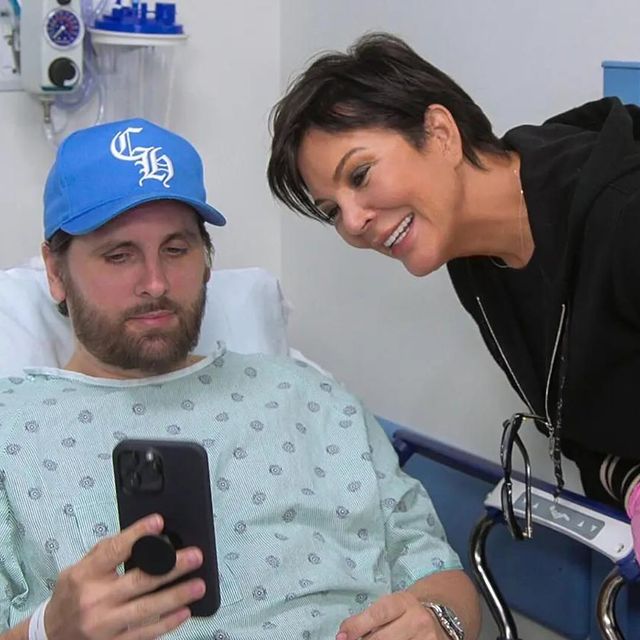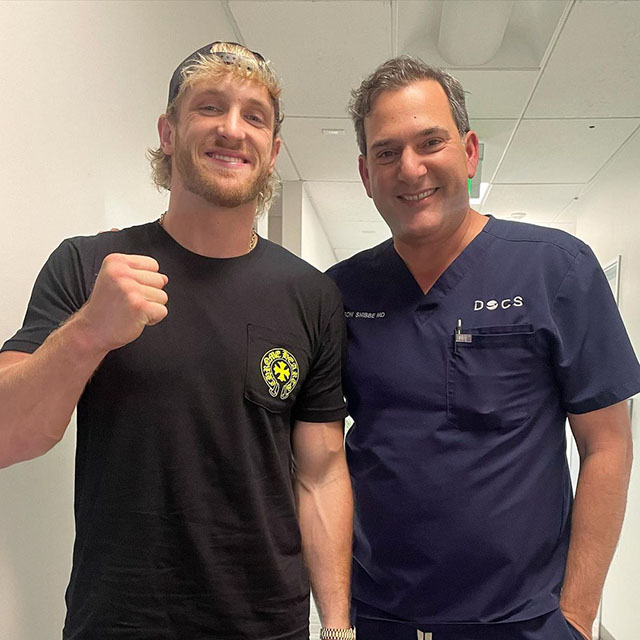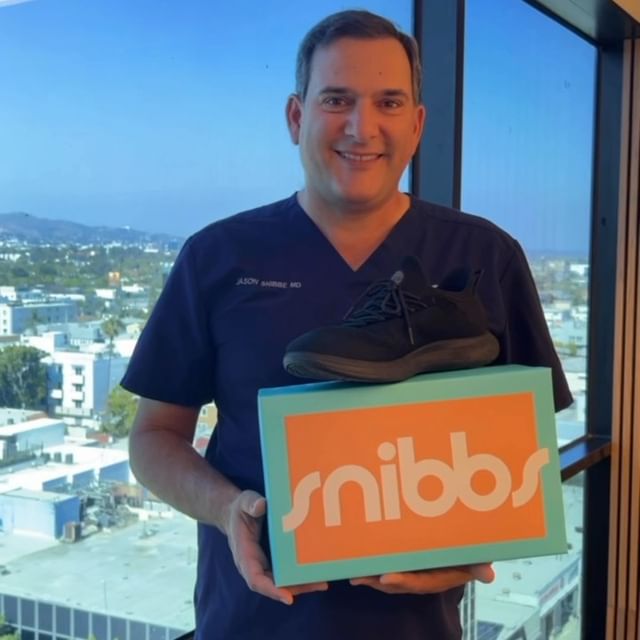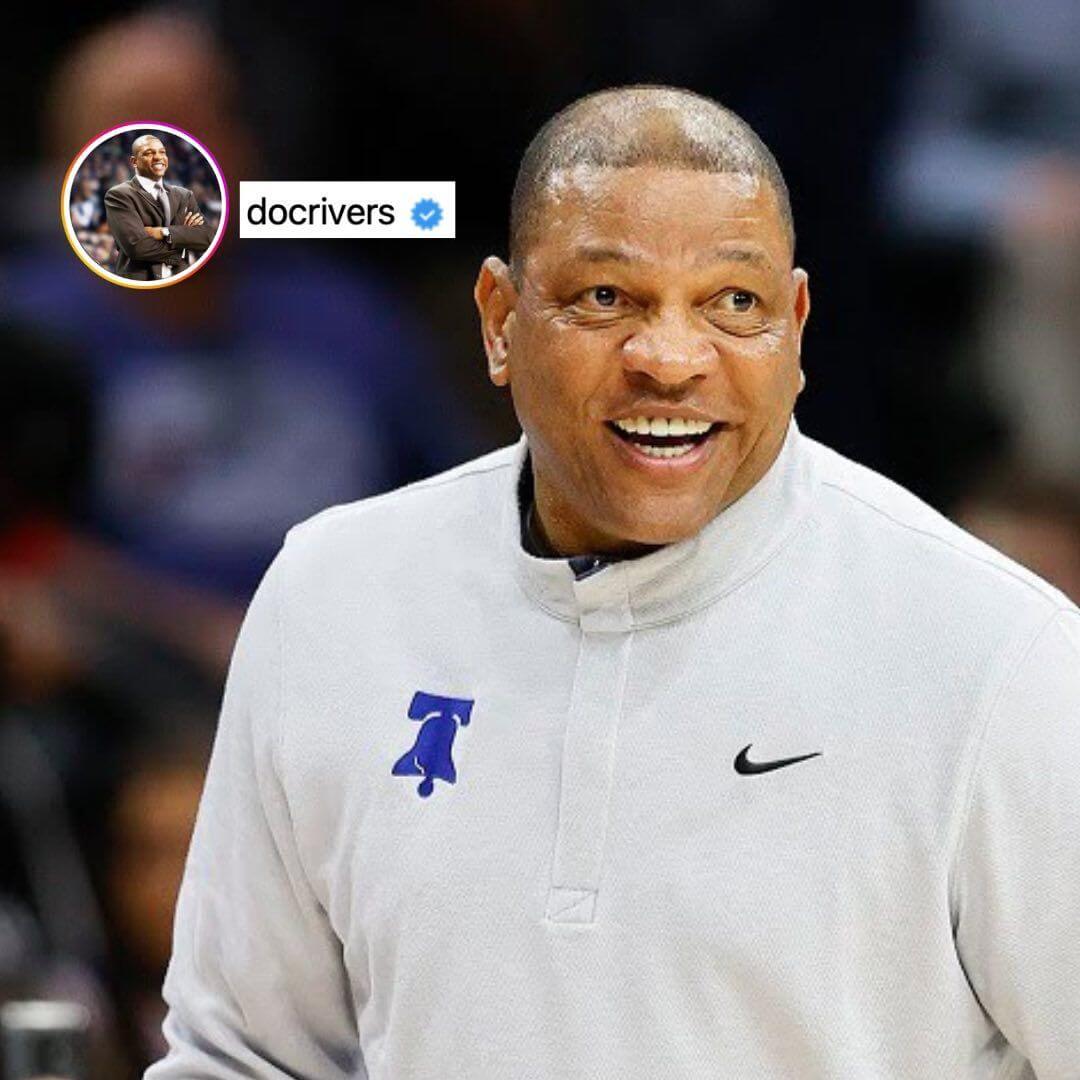Anatomical Shoulder Replacement
in Los Angeles, CA
For those who suffer from osteoarthritis, rheumatoid arthritis, severe fractures, irreparable rotator cuff tears, or other debilitating shoulder conditions, the restoration of arm function and relief of pain become top priorities.
Anatomical shoulder replacement offers renewed hope for many individuals with these concerns. If you are considering this procedure, it is essential to consult with a reputable orthopedic specialist.
Dr. Snibbe is a highly skilled and experienced orthopedic surgeon who can evaluate your symptoms and overall health to determine if this shoulder replacement option is appropriate.
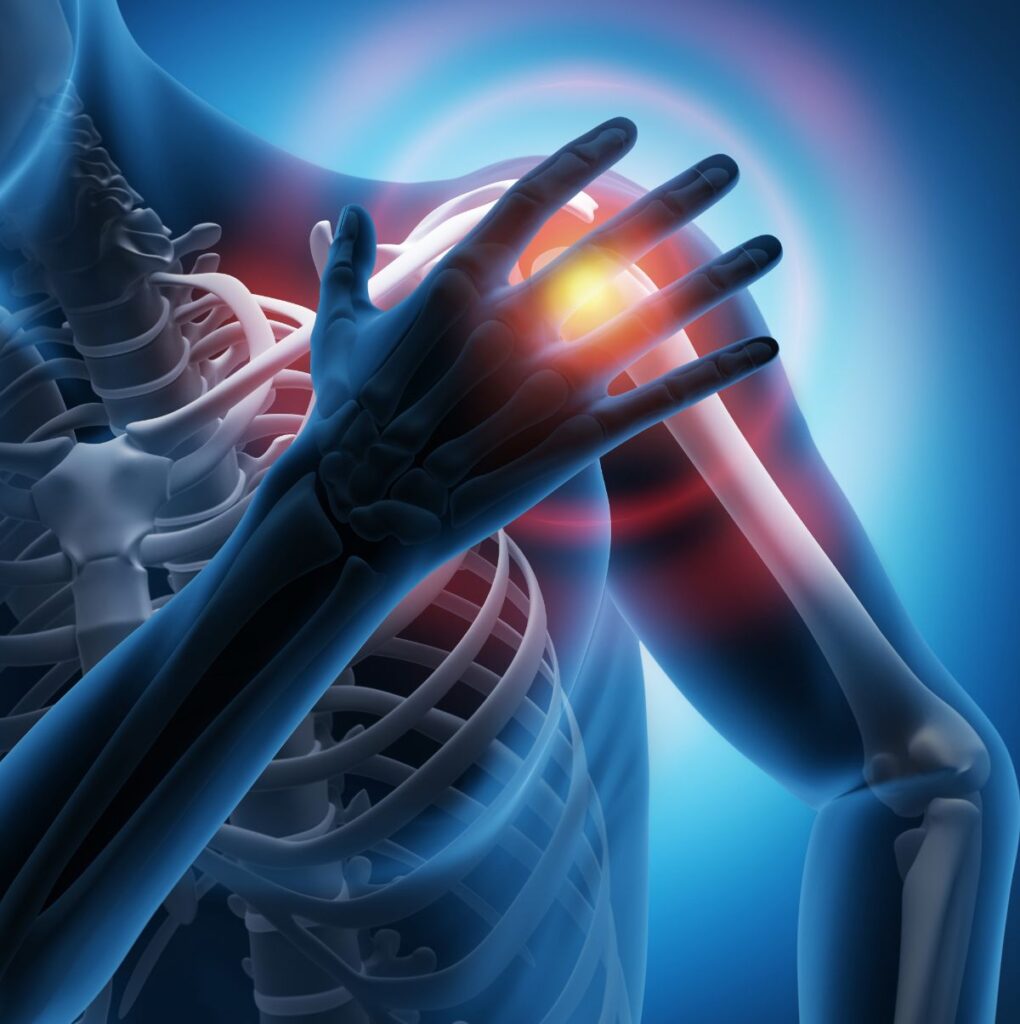
What Is Anatomical Shoulder Replacement?
Anatomical shoulder replacement, also known as total shoulder arthroplasty, is an effective surgical solution for pain relief and functional improvement in the shoulder joint.
This surgical procedure is designed to relieve pain and restore mobility to a damaged shoulder joint by replacing the injured shoulder joint with artificial components that mimic the natural function of a healthy shoulder.
Are You a Candidate for Anatomical Shoulder Replacement?
If a medical condition or injury has caused pain and mobility issues that do not respond to more conservative therapy, an anatomical shoulder replacement may be just the solution you need.
The best candidates for anatomical shoulder replacement are healthy non-smokers who can comply with both pre and post-surgical instructions. You must be able to arrange for time off for recovery and participate in any physical therapy that may be needed for the best results.
Call (310) 860-3048 today and schedule your Los Angeles anatomical shoulder replacement with Snibbe Orthopedics!
Benefits of Anatomical Shoulder Replacement
The anatomical shoulder replacement technique offers several benefits, some of which include:
- More stable implants compared to other shoulder replacement methods
- Preserves more bone and minimizes blood loss
- Significant, if not complete, pain relief
- Improved mobility and range of motion
- Faster recovery and less downtime
How Is Anatomical Shoulder Replacement Performed?
Before Anatomical Shoulder Replacement Surgery
An in-depth consultation is necessary to discuss the surgery and explain potential risks and expected outcomes so the patient can make an informed decision about the procedure.
Before undergoing anatomical shoulder replacement, patients can expect to receive a medical evaluation to assess overall health and ensure they are fit for surgery. Any underlying medical conditions or medications are reviewed to minimize the risk of complications during the procedure.
Sometimes, the following additional steps are required:
- Weight loss and smoking cessation, if necessary
- Undergo imaging and blood tests
- Complete pre-operative forms
- Plan for post-surgery care
- Fasting the night before surgery
Your Anatomical Shoulder Replacement Surgery
While some variations may occur, depending on your specific shoulder condition, Dr. Snibbe will perform the following nine steps:
- Anesthesia—This procedure is performed under general or regional anesthesia to ensure you do not experience pain during surgery.
- Incision—Once the anesthetic has taken effect, Dr. Snibbe will make an incision over the shoulder joint. The size and location of the incision may vary depending on your condition and the specific technique chosen. When possible, Dr. Snibbe prefers minimally invasive incisions to reduce scarring and promote a quicker recovery.
- Tissue separation—After the incision, the surgeon carefully separates the surrounding tissues to gain access to the shoulder joint. The muscles and tendons are temporarily moved to expose the damaged joint.
- Bone resection—This removes the damaged parts of the shoulder joint, then reshapes the head of the humerus (upper arm bone) and the glenoid (shoulder socket) to prepare them for the artificial components. Precise resection of the bone is essential for properly aligning the implants.
- Implant placement—Once the bone surfaces are prepared, Dr. Snibbe positions and secures the implants. These typically consist of a metal ball that replaces the humeral head and a plastic socket that replaces the glenoid. The choice of implant may vary depending on your specific needs.
- Stem insertion—In some cases, the humeral component may include a stem that is inserted into the humeral shaft to provide stability and support. This is necessary when there is extensive bone loss or damage.
- Glenoid component placement—The plastic socket component is securely fixed in the glenoid. Proper alignment and positioning are crucial to ensure the shoulder joint functions correctly.
- Soft tissue balancing—Proper soft tissue balance around the shoulder joint is essential for a successful outcome. Our surgeon carefully adjusts and balances the surrounding ligaments and tendons to ensure the joint functions correctly and smoothly.
- Closure—After the implants are in place and optimized, Dr. Snibbe closes the incision using sutures or staples while taking special care to minimize the risk of infection.
What to Expect During Recovery From Anatomical Shoulder Replacement
After your anatomical shoulder replacement, you will be monitored in the recovery room. Once you have awakened from anesthesia, its pain management effects should still work. However, medications may be administered to ensure your comfort, and wound care instructions will be provided before discharge.
Physical Therapy
Physical therapy and rehabilitation will begin shortly after surgery to help facilitate recovery and plays a vital role in your recovery process. Working with an experienced therapist will help you regain strength, range of motion, and functionality in your new shoulder joint. Timelines for rehabilitation may vary, but your participation is crucial for a successful outcome.
Potential Complications
Like any surgical procedure, there are potential risks associated with anatomical shoulder replacement. These risks can include infection, implant-related issues, and injury to nerves or blood vessels. However, advancements in surgical techniques and careful postoperative management have significantly reduced the incidence of complications. The key to avoiding complications is following Dr. Snibbe’s post-surgical instructions carefully.
Follow these tips for a more comfortable recovery experience:
- Pick up prescriptions and pre-cook meals before your surgery.
- Choose a comfortable resting place with all you need close by.
- Arrange for a friend or family member to help you for 24 to 48 hours after surgery.
- Take proper care of your incisions and change dressings as directed.
- Avoid strenuous activities until cleared by Dr. Snibbe.
- Once again—follow all your post-operative instructions.
Dr. Snibbe, our therapists, and our nurses will design individual milestones to create your unique recovery timeline and get you back to your routine as soon as possible.
What Results Can I Expect After Anatomical Shoulder Replacement?
Patients who undergo anatomical shoulder replacement can anticipate reducing or eliminating pain, improved shoulder function, and a more active and comfortable lifestyle. They often report high levels of satisfaction and an increased quality of life.
You can expect long-lasting relief, with many patients experiencing permanent improvement after the surgery.
How Much Does Anatomical Shoulder Replacement Cost?
The cost of anatomical shoulder replacement varies, depending on the condition of your shoulder and the surrounding tissues.
You will receive an accurate quote during your consultation with Dr. Snibbe.
Providing Anatomical Shoulder Replacement in Los Angeles
You may have already heard about Dr. Snibbe, as he has appeared on Good Morning America and CNN. Several of his patients are celebrities and professional athletes who have benefited from his treatments to alleviate pain and regain mobility.
Dr. Snibbe is also known for his low complication rates. Snibbe Orthopedics is currently accepting new patients and invites prospective patients from Los Angeles, Hollywood, the San Fernando Valley, and across the country interested in anatomical shoulder replacement to schedule a consultation.
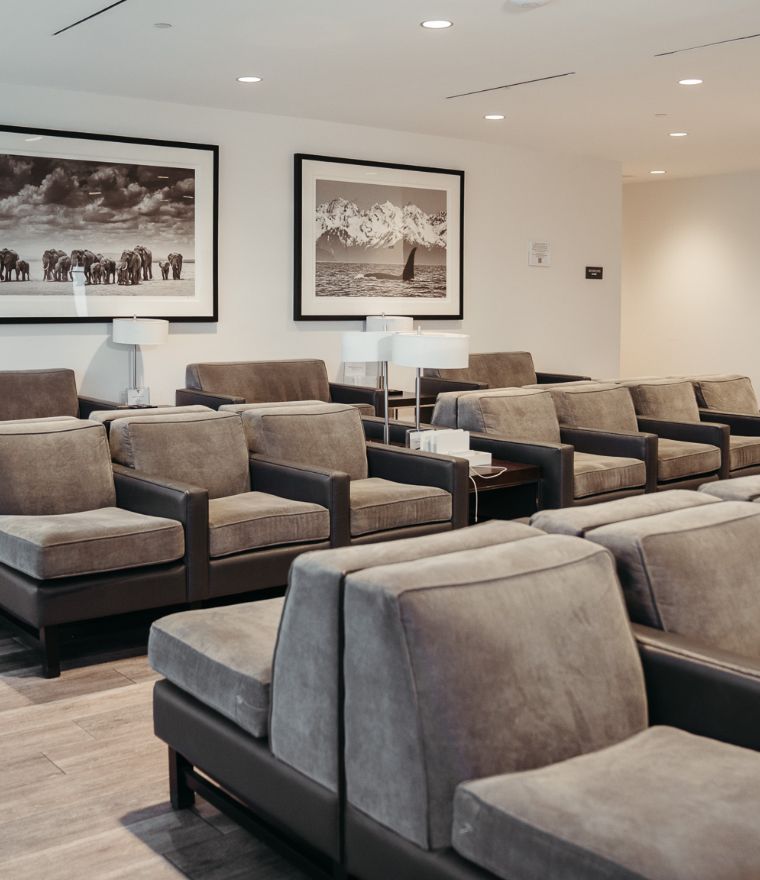
Call (310) 860-3048 to reach Snibbe Orthopedics in Los Angeles, California to learn more.

